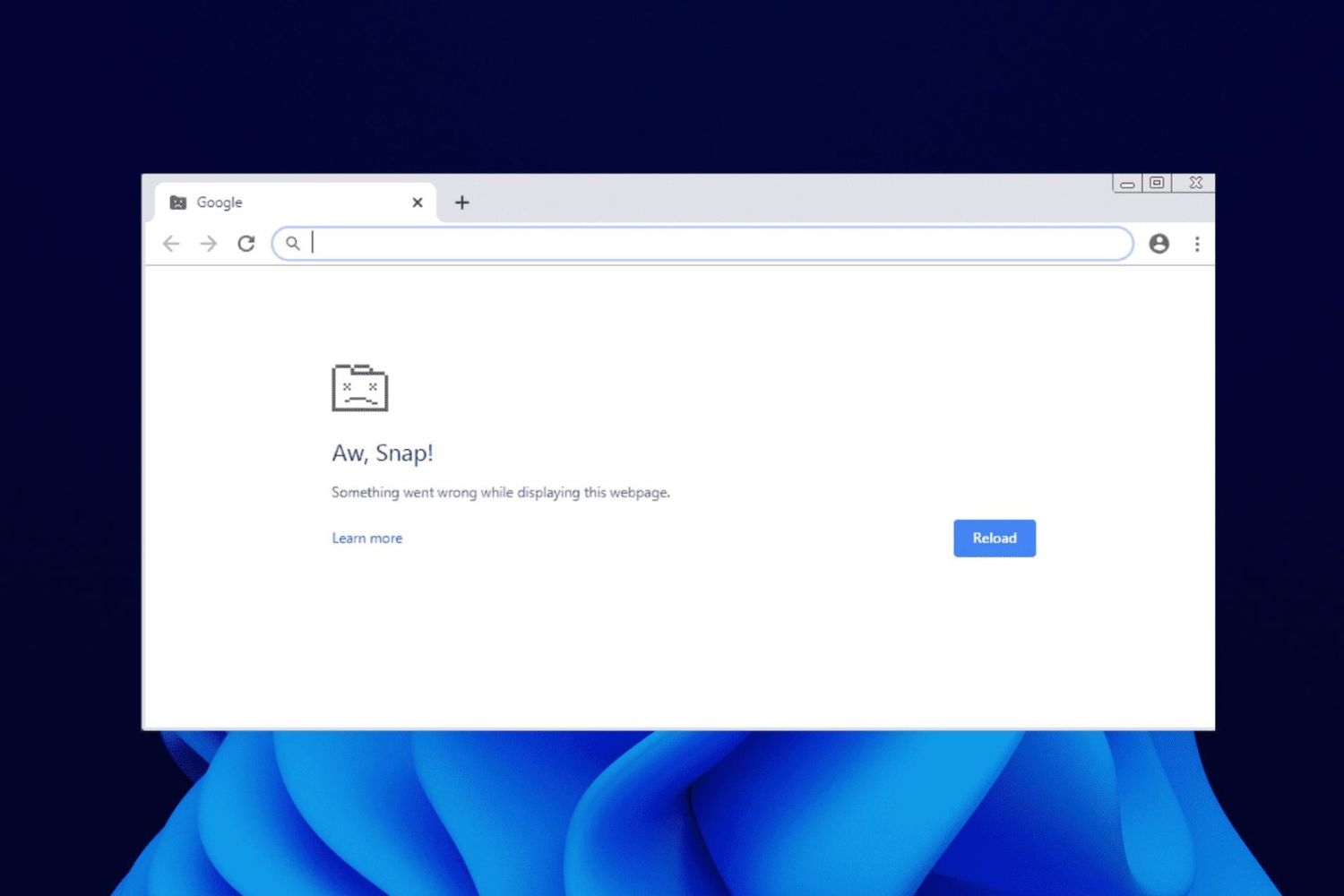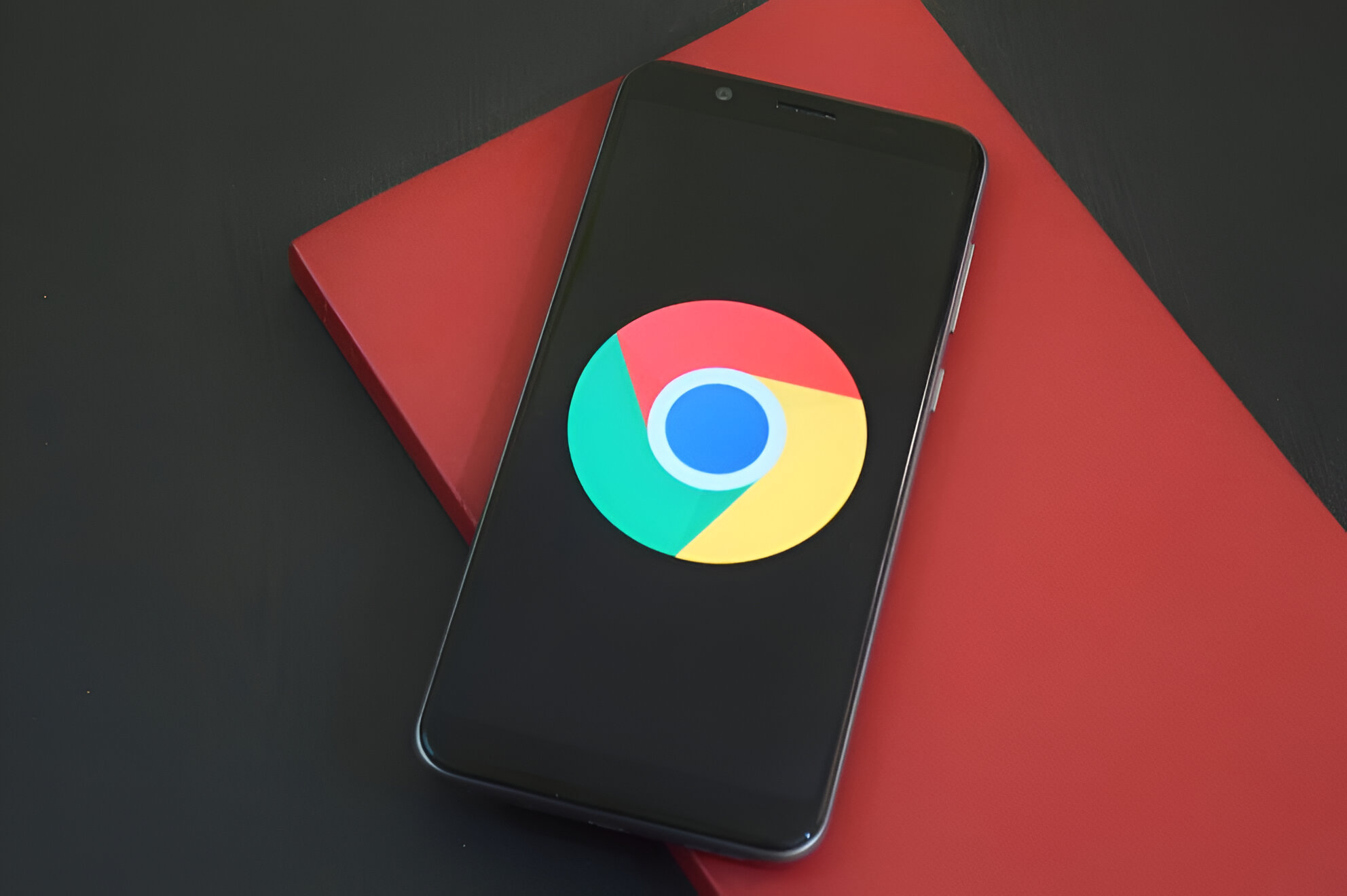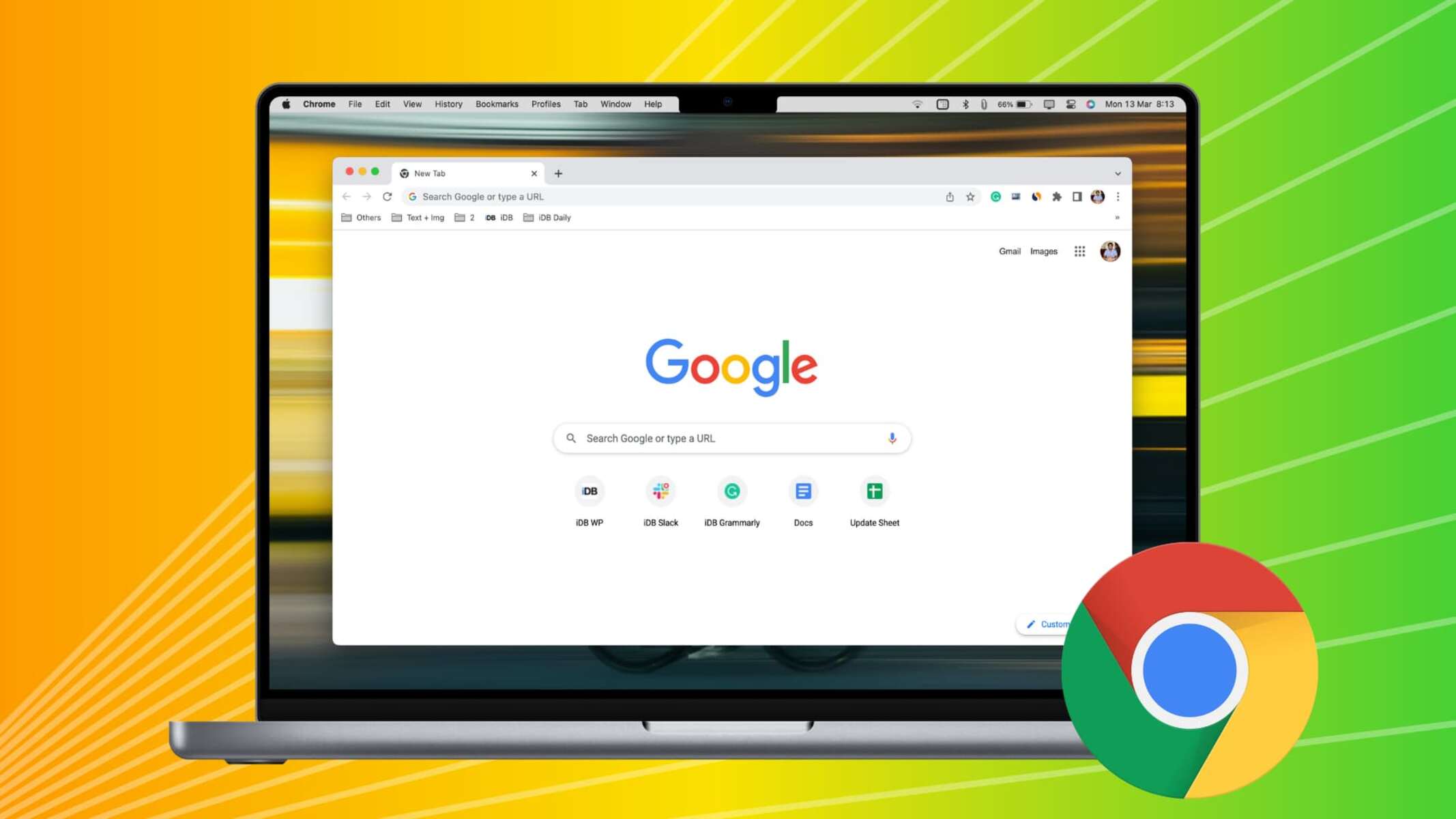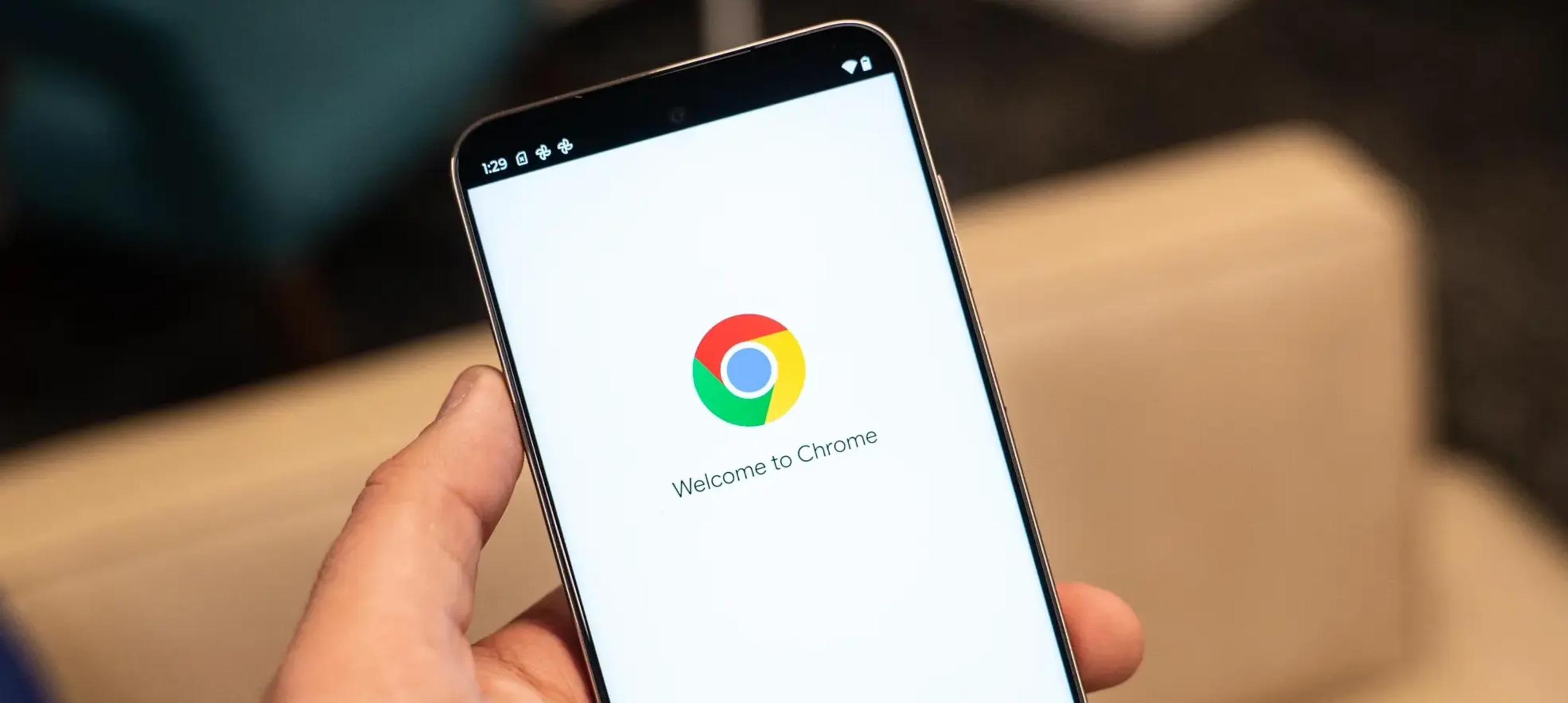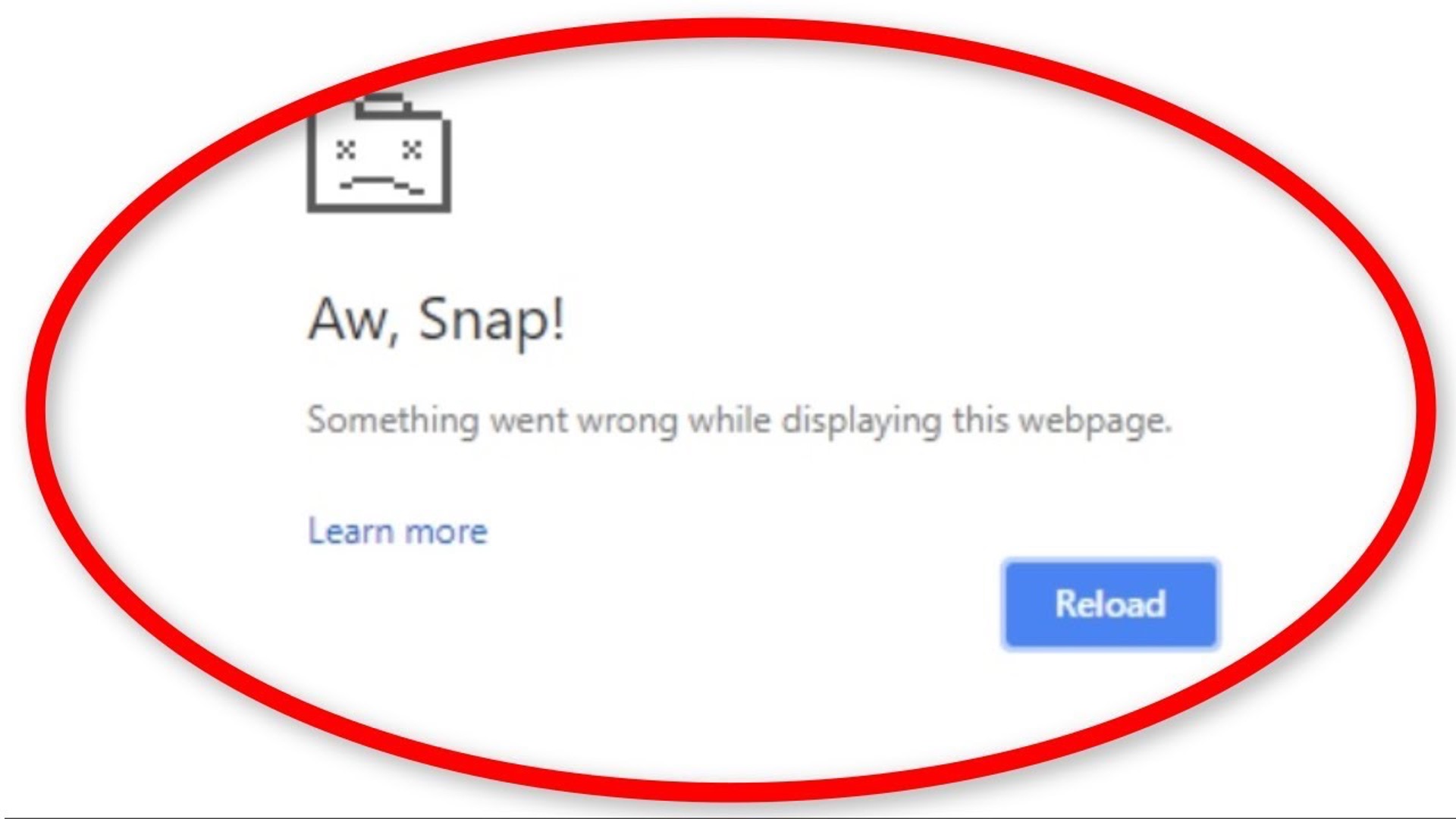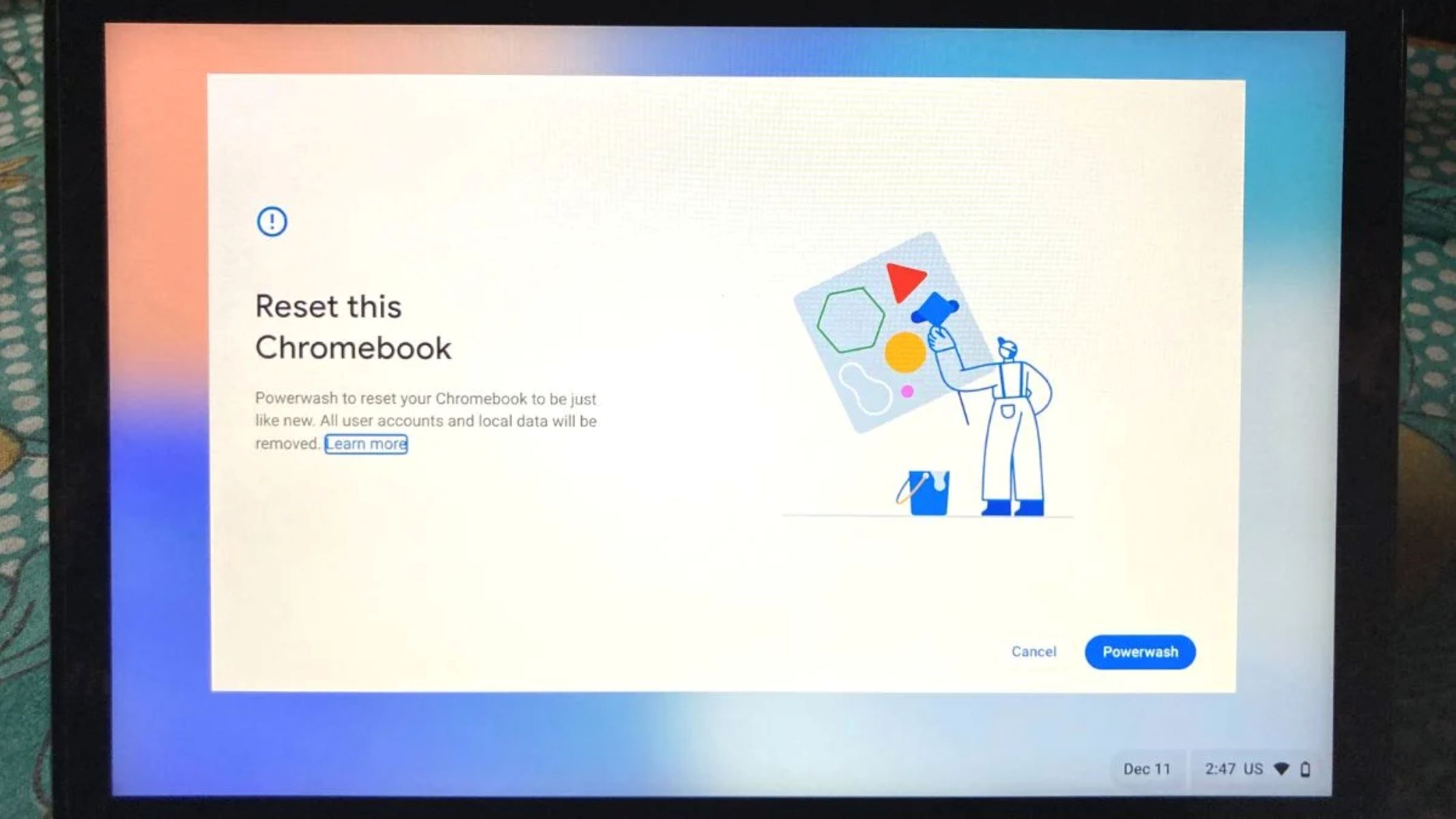Introduction
Welcome to the world of web browsing, where Google Chrome stands as a beacon of innovation and efficiency. As a Windows 10 user, having Chrome as your go-to browser can significantly enhance your online experience. With its sleek interface, robust performance, and an array of extensions, Chrome has become the preferred choice for millions of users worldwide.
In this guide, we will delve into the process of reinstalling Chrome on your Windows 10 system. Whether you're encountering technical issues, seeking a fresh start, or simply want to ensure that you have the latest version of Chrome installed, this step-by-step walkthrough will equip you with the knowledge to seamlessly reinstall Chrome and optimize your browsing experience.
So, let's embark on this journey to rediscover the power and versatility of Google Chrome on your Windows 10 device. Whether you're a seasoned Chrome user or just getting started, this guide will provide valuable insights and practical tips to ensure a smooth reinstallation process. Let's dive in and unleash the full potential of Chrome on your Windows 10 system.
Uninstalling Chrome from Windows 10
Uninstalling Google Chrome from your Windows 10 system is a straightforward process that can be accomplished through the Control Panel or using the built-in uninstaller. Whether you're experiencing technical issues, looking to perform a clean reinstall, or simply exploring alternative browsers, removing Chrome from your device can be done in a few simple steps.
Using the Control Panel
-
Accessing the Control Panel: To initiate the uninstallation process, navigate to the Control Panel on your Windows 10 system. You can do this by typing "Control Panel" in the Windows search bar and selecting the corresponding result.
-
Selecting "Uninstall a program": Within the Control Panel, locate the "Programs" section and click on "Uninstall a program." This will display a list of installed applications on your system.
-
Locating Google Chrome: Scroll through the list of installed programs to find Google Chrome. Once located, right-click on Google Chrome and select "Uninstall."
-
Confirming the Uninstallation: A prompt will appear, asking you to confirm the uninstallation of Google Chrome. Click "Yes" to proceed with the removal process.
-
Completing the Uninstallation: Follow the on-screen instructions to complete the uninstallation process. Once finished, Google Chrome will be removed from your Windows 10 system.
Using the Built-in Uninstaller
Alternatively, you can use the built-in uninstaller provided by Google Chrome to remove the browser from your Windows 10 device.
-
Accessing the Uninstaller: Navigate to the directory where Google Chrome is installed on your system. By default, this is typically located in the "Program Files" or "Program Files (x86)" folder on your primary drive.
-
Running the Uninstaller: Within the Google Chrome installation directory, locate the "uninstall" executable file. Double-click on this file to initiate the uninstallation process.
-
Confirming the Uninstallation: A prompt will appear, asking you to confirm the uninstallation of Google Chrome. Click "Yes" to proceed with the removal process.
-
Completing the Uninstallation: Follow the on-screen instructions to complete the uninstallation process. Once finished, Google Chrome will be successfully uninstalled from your Windows 10 system.
By following these steps, you can seamlessly uninstall Google Chrome from your Windows 10 device, paving the way for a fresh installation or an exploration of alternative browsing options. Whether you're troubleshooting technical issues or simply seeking a change, the process of uninstalling Chrome from Windows 10 is designed to be user-friendly and efficient.
Downloading and Installing Chrome on Windows 10
Now that you've successfully uninstalled Google Chrome from your Windows 10 system, it's time to embark on the exciting journey of downloading and installing the latest version of Chrome. This process is designed to be seamless and user-friendly, ensuring that you can quickly reacquaint yourself with the powerful features and performance that Chrome has to offer.
Downloading Chrome
-
Navigate to the Official Website: Open your preferred web browser (such as Microsoft Edge or Internet Explorer) and visit the official Google Chrome website at www.google.com/chrome.
-
Initiate the Download: Once on the Chrome website, you'll be presented with the option to download the browser. Click on the "Download Chrome" button, and the website will automatically detect your operating system, ensuring that you're provided with the appropriate version for Windows 10.
-
Review the Terms of Service: Before proceeding with the download, take a moment to review the Terms of Service and Privacy Policy provided by Google. Once you've familiarized yourself with the terms, click on the "Accept and Install" button to initiate the download.
-
Save the Installer: Depending on your browser settings, you may be prompted to choose a location to save the Chrome installer file. Select a convenient location on your Windows 10 system and save the file.
Installing Chrome
-
Locate the Installer: Once the download is complete, navigate to the location where the Chrome installer file was saved. This is typically the "Downloads" folder on your Windows 10 system.
-
Run the Installer: Double-click on the Chrome installer file to initiate the installation process. You may be prompted by User Account Control to allow the installer to make changes to your device. Click "Yes" to proceed.
-
Confirm Installation Settings: The Chrome installer will present you with installation settings, including the option to set Chrome as your default browser and create desktop shortcuts. Review these settings and customize them according to your preferences.
-
Begin the Installation: Once you've confirmed the installation settings, click on the "Install" button to begin the installation process. The installer will proceed to install Google Chrome on your Windows 10 system.
-
Completion and Launch: After the installation is complete, you'll be presented with the option to launch Google Chrome. Click on the "Finish" or "Launch Chrome" button to open the browser and begin exploring its features.
By following these steps, you can effortlessly download and install Google Chrome on your Windows 10 system, ensuring that you have access to the latest version of the browser and its full suite of capabilities. Whether you're a long-time Chrome user or just beginning to explore its potential, this process is designed to provide a seamless and efficient installation experience.
Setting Up Chrome on Windows 10
With Google Chrome successfully installed on your Windows 10 system, it's time to delve into the process of setting up the browser to align with your preferences and maximize its functionality. This pivotal phase allows you to customize Chrome's settings, import bookmarks and extensions, and explore features that cater to your browsing habits and productivity needs.
Customizing Chrome Settings
Upon launching Chrome for the first time, you'll be greeted by the initial setup screen, where you can personalize your browsing experience. This includes selecting a default search engine, enabling or disabling the "Make Google Chrome the default browser" option, and choosing whether to send usage statistics and crash reports to Google. These settings can be tailored to align with your privacy and browsing preferences, ensuring that Chrome operates in a manner that suits your needs.
Signing into Your Google Account
One of the key advantages of using Chrome is the seamless integration with your Google Account. By signing in, you can synchronize your bookmarks, browsing history, and preferences across multiple devices, allowing for a cohesive and personalized browsing experience. Simply click on the profile icon in the top-right corner of the Chrome window, select "Sign in to Chrome," and enter your Google Account credentials to initiate the synchronization process.
Importing Bookmarks and Settings
If you're transitioning from another browser or have previously used Chrome on a different device, you can effortlessly import your bookmarks, saved passwords, and browsing history into your newly installed Chrome on Windows 10. Navigate to the Chrome menu (represented by three vertical dots) and select "Bookmarks > Import bookmarks and settings." From here, you can choose the browser from which you'd like to import data and select the specific items you wish to bring into your Windows 10 Chrome installation.
Exploring Chrome Extensions
Chrome's extensive library of extensions offers a myriad of tools and enhancements to augment your browsing experience. From ad blockers and productivity utilities to entertainment add-ons, the Chrome Web Store is a treasure trove of extensions waiting to be explored. Navigate to the Chrome Web Store, search for extensions that align with your needs, and seamlessly add them to your browser to unlock new capabilities and streamline your online activities.
Customizing the New Tab Page
The New Tab page in Chrome serves as a gateway to your most visited sites, recently closed tabs, and recommended articles based on your browsing history. You can further personalize this page by pinning specific sites, rearranging the tiles, and customizing the background image. This allows you to create a New Tab page that reflects your browsing habits and provides quick access to your favorite websites.
By navigating through these setup steps, you can tailor Google Chrome to suit your individual preferences and optimize its functionality to align with your browsing habits and productivity requirements. Whether it's synchronizing your data across devices, exploring extensions, or customizing the browser's appearance, the setup process empowers you to harness the full potential of Chrome on your Windows 10 system.









